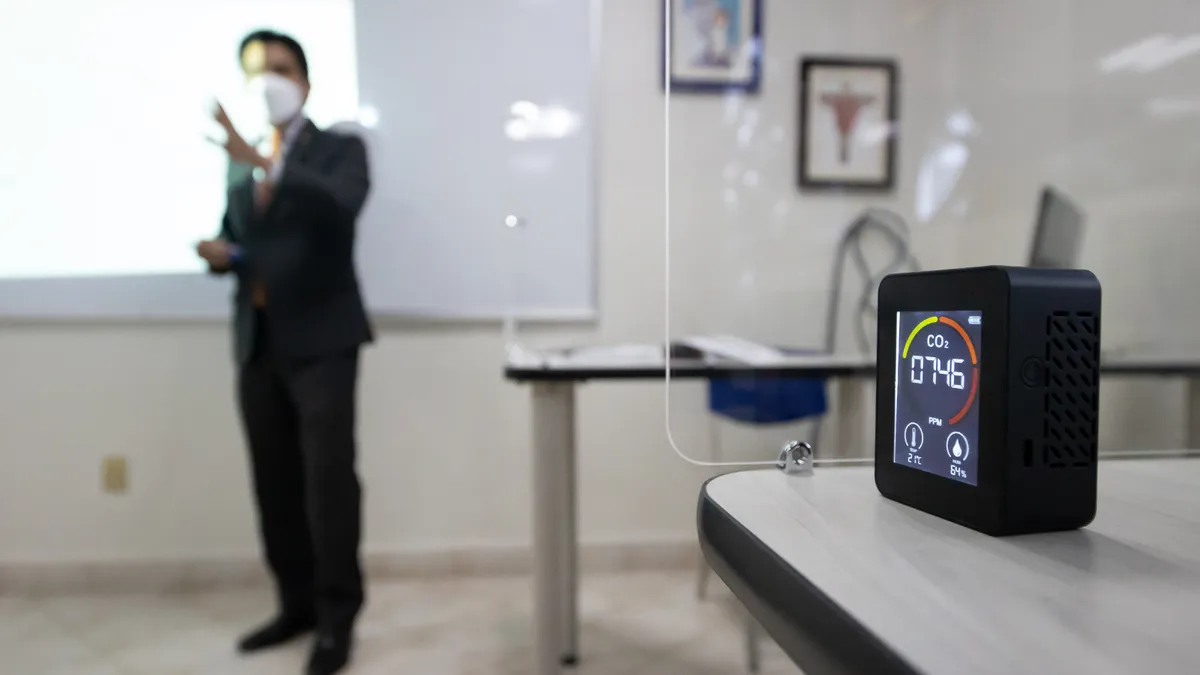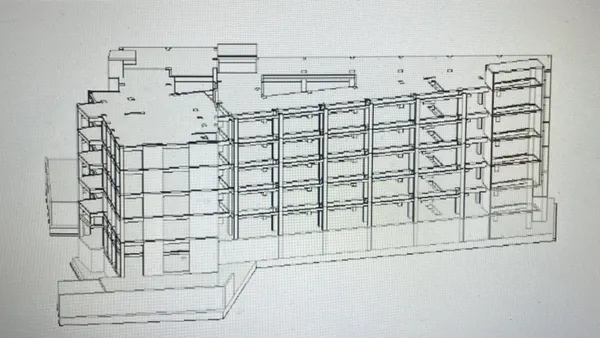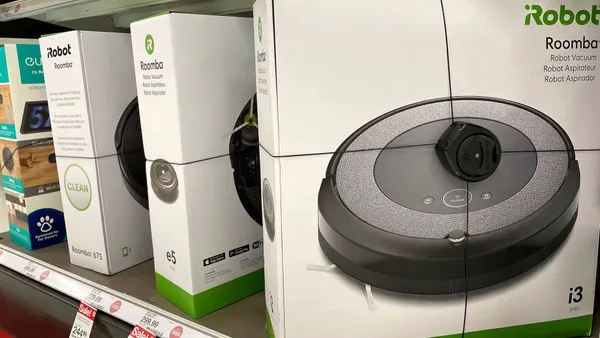Dive Brief:
- Sensirion is partnering with Terabee to improve indoor air quality monitoring in commercial buildings.
- Terabee’s Air Quality SB5 sensor measures five key air quality metrics — carbon dioxide, particulate matter, volatile organic compounds, temperature and humidity — to help facility managers program ventilation systems more efficiently, the companies said in a release.
- By incorporating Sensirion’s features, the SB5 sensor will provide stability during the sensor’s lifetime and use automatic calibration to minimize full lifecycle costs, Terabee CEO Max Ruffo said in the release.
Dive Insight:
Amid lingering air quality worries from the COVID-19 pandemic and mounting pressures to return to office, one in three employees would consider leaving their job due to concerns over poor indoor air quality, according to Fellowes’ survey of 1,085 U.S. and Canadian workers who work on-site indoors at least one full day a week.
Tyler Smith, vice president of healthy buildings at Johnson Controls, recently told Facilities Dive that building operators and occupants are being impacted by those concerns as well as climate change-related events, ranging from heat waves to wildfires, that worsen outdoor air quality. States and municipalities also are adopting new building codes that could soon be mandated to incorporate ASHRAE’s indoor air standards, announced in June.
Carbon dioxide, particulates and VOCs, including compounds like formaldehyde emitted from carpets and building materials, are among the key sources of poor indoor air quality, Thomas Kennedy, president of TSI Inc., which designs and produces air quality measurement instruments, wrote on Facilities Dive recently. Cleaning products also contribute to VOCs, he noted.
Terabee added the Air Quality SB5 to its product range at the end of last year. To facilitate better decision-making and more precise adjustments in temperature and ventilation systems, it has a real-time LED indicator that allows visual air quality assessment without the need for a backend system, the company says. “Sometimes, a task as simple as opening a window at a ‘SB% red signal’ can improve air quality significantly,” the release stated.
Wi-Fi connectivity and standardized data protocols further enable direct integration of air quality metrics into backend databases or control systems, the release said. Terabee said this can help facilities managers efficiently program ventilation systems to optimize occupants’ well being and energy performance.
Terabee’s air quality monitor features Sensirion’s miniaturized carbon dioxide sensor, SCD41; its digital VOC sensor, SGP40; and its SPS30 particulate matter sensor. The latter provides precise measurements from the device’s first operation and throughout its lifetime, which exceeds 10 years, the companies said in the release. Sensirion says the SCD41 can deliver a specified carbon dioxide accuracy range of up to 5,000 ppm. Sensiron’s SPS30, a PM2.5 particle sensor, is based on laser scattering that uses advanced particle size binning, according to AQMD.gov. The sensor counts particles in sizes of 0.5, 1.0, 2.5, 4.0 and 10 µm and processes them through Sensirion’s advanced algorithms to calculate particulate matter concentrations.












